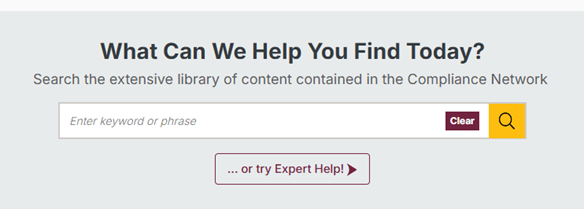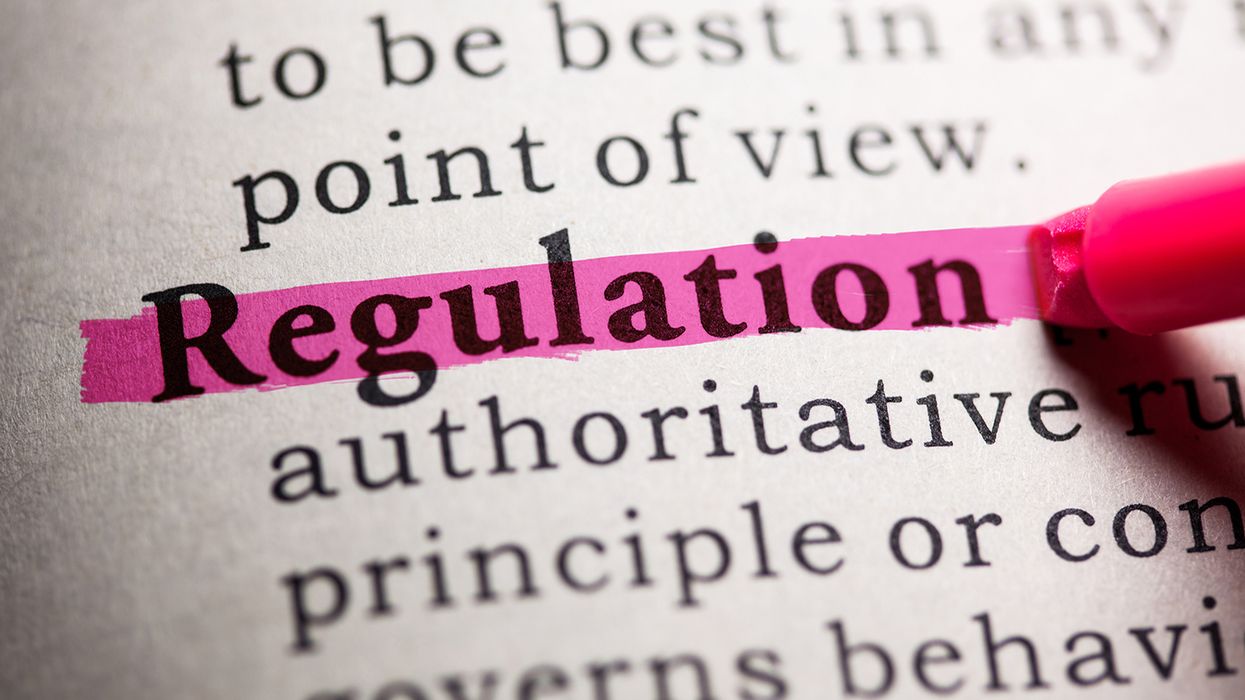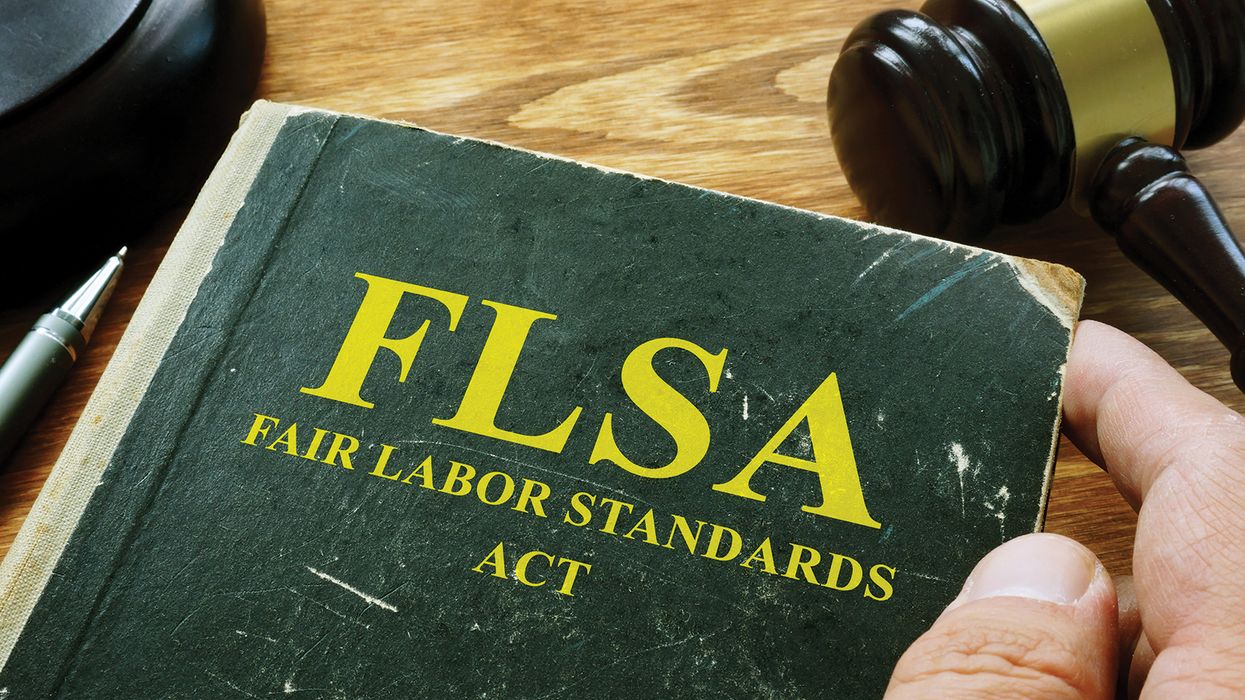Handbook help: Are your employee policies up to date?
XpertHR’s 2022 employee handbook survey revealed 27 percent of the survey’s 366 respondents revise their organization’s handbook annually. Fifty-one percent update only on an “as needed” basis, presumably when an employment law or organizational policy change sparks the revision
While there is no state or federal law requiring you to create (or revise) an employee handbook, many employers do, because it is an effective and efficient means of communicating with employees.
A policy handbook also benefits employers because it creates documentation of what has been communicated with employees. Many employers choose to have employees complete a sign-off sheet after receiving the handbook, usually indicating that employees have read, or will read the content. While this also isn’t required by law, it can help you avoid a situation where an employee claimed to have not been provided with certain information.
Refusal to sign
An employee who refuses to sign a policy acknowledgment can still be held to your standards or face discipline. If an employee refuses to sign, one solution is to note on the sign-off sheet that the employee was given the handbook and offered the opportunity to acknowledge receipt, but declined. Then you might sign and date the acknowledgment instead.
You may even want to have a third person witness that the employee was given the handbook, to help avoid an argument down the road.
Paper or electronic
Paper handbooks are certainly still used, and employers may reissue entire handbooks or choose to distribute updated pages when changes are made. Posting the handbook on the company intranet is also an effective way to make information about your policies readily available and may be less costly than creating a paper handbook. Electronic handbooks may also be less cumbersome to maintain.
However, there are a few items you’ll want to consider before offering an electronic handbook:
- Do all employees have regular access to computers?
- Are employees tech-savvy enough to locate your electronic policies?
Using a combination of electronic access and paper may also be an option, if appropriate for your company.
Some organizations make paper copies of policy handbooks available to employees who do not have regular access to computers and maintain electronic policies for other employees.
Even if you deliver your policies electronically (such as on the company intranet), you may still want to have employees sign an acknowledgment of receipt. This could be electronic, though a paper acknowledgment could still accompany an electronically distributed policy handbook.
Email may be a handy way of communicating updates to policies, though again, you’d need to consider employee access to email.
Note that a new acknowledgment is not necessary for each update to the handbook.
You might want to keep a distribution list of employees who were notified with each change, though, to verify that employees were made aware of changes.
A basic handbook might address:
- Employee leave entitlements
- Paid time off
- Expectations for employee behavior
- Disciplinary procedures
- Grievance procedures
- Compensation and benefits
- Company facts, history, and mission
- Safety and emergency information
Key to remember
An up-to-date employee handbook is an effective and efficient means of communicating with employees.





































































